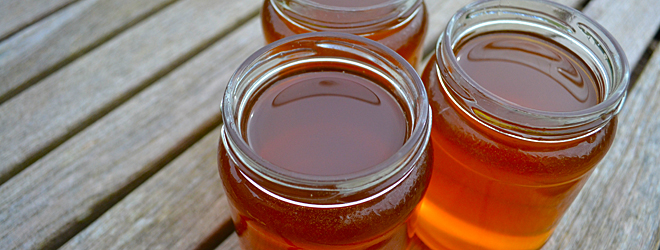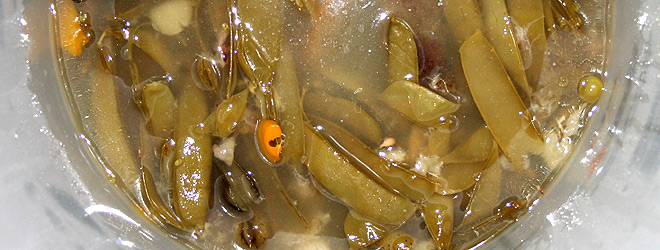In times gone by, when English folk hey-nonny-nonnied their way around this merrie land to the sound of the lute, the intoxicating booze that flowed from their wooden goblets would often be elderberry wine. Known as ‘the English grape’, the fruit of the elder tree displays many of the same properties as proper red grapes – plenty of juice, tannin rich skins, and the willingness to hang in fruit-packed bunches – making it perfect for picking, squishing and fermenting.
There are few fruits that will create a better red wine, and it’s an excellent ingredient to combine with other Autumn fruits (see Rich’s blackberry and elderberry wine combo). Due to its deep red colour and heady nature it’s also known as ‘English port’.
With all elderberry wine recipes, including Rich’s multi-berry effort, there are a few brewer’s tips worth observing…
Seven top elderberry wine tips
1. After straining, the berries will be viable for ANOTHER drink. You could soak them in spirit and sugar for an elderberry gin, vodka or rum (see our sloe gin recipe for measurements), or you could top up with another helping of fruit and repeat the wine making process. I’ve done this with sloes and damsons for a mixed berry wine.
2. Elderberry wine has a tendency to taste a bit musty. This is due to the high level of tannin in the skins. When straining through muslin try not to force through every last drop of juice as this will squeeze out excessive mustiness.
3. Excess squeezing will also force through high levels of pectin which can cloud your finished wine. Allow the juice to drip through naturally, with merely an occasional stir to help it on its way.
4. Try to use only the ripest berries and avoid getting stalks and leaves into the mix. Flicking them off through the prongs of a fork is the age old technique of choice. Fingers work equally well.
5. Time really does improve the flavour of elderberry wine, even reducing any musty tinges to the taste. But if patience is getting the better of you try adding a teaspoon of sugar to a bottle of wine before serving.
6. Allow to ferment in a dark place and use dark glass for bottling. Sunlight will turn its deep ruby hues to dirt.
7. Birds love the berries and, for no particular reason, some trees can be less berry heavier than others. Try to find trees laden with fruit so our avian chums can snaffle their fair share.
++++++++++








What a great website I love the format and I love the photography. Can you tell me about celery I want to try growing it on my allotment, is it easy enough?
Hi Sam
Many thanks for your kind comments
Celery is one ingredient that neither of us has ever attempted to grow. It’s actually banned from my house on the grounds that my wife loathes the stuff, so I can’t risk looking at a pack of seeds. Even using a stick to stir a bloody Mary would result in a very bloody Nick…
The chaps in our neighbouring allotment do successfully grow celery, although judging by the amount of care and attention they give it I’m not sure it’s straightforward.
Give it a go and if you’re successful you can write us a guest post to show our readers how it’s done.
Hello fellows!
My husband complains my (very fine) elderberry wine is bitter!
He wonders if more sugar might temper the bitterness.
I used 17 pounds of fruit and 10 pounds of sugar.
At this point the fruit has been removed, the cap sealed, it is still in the plastic tub and bubbling away.
He wonders if more sugar can be added at this point.
I say no.
By the way the parsnip wine is a huge hit!!
People love the bouquet reminds them of roses!
Cassandra an American
Hello!
Very pleased to hear the parsnip wine is a huge hit… now let’s fix that elderberry wine for your husband!
Because the berries are rammed full with tannins it can often take a while for the wine to sufficiently mellow, which is likely to ease away any bitterness. Exerting a bit too much pressure when extracting the juice will add to the tannic effect.
If you want to enjoy it sooner then a touch of sweetening is a good option, however, using sugar during fermentation is more complicated than it should be (the most likely outcome is an increase in the strength of the wine with no significant sweetening).
I prefer to sweeten my wines before serving. Most home brew shops sell sweeteners especially designed for this purpose and they really do work. Add small amounts until the desired level is reached, then enjoy.
This method also allows you to set aside a few unsweetened bottles to mature for longer which, hopefully, will lose those lingering traces of bitterness all on their own.
Hope that helps…